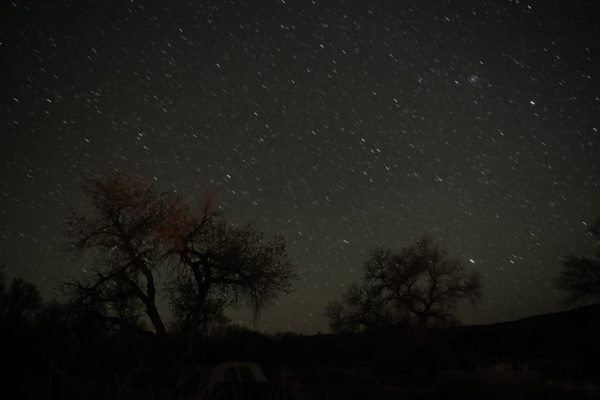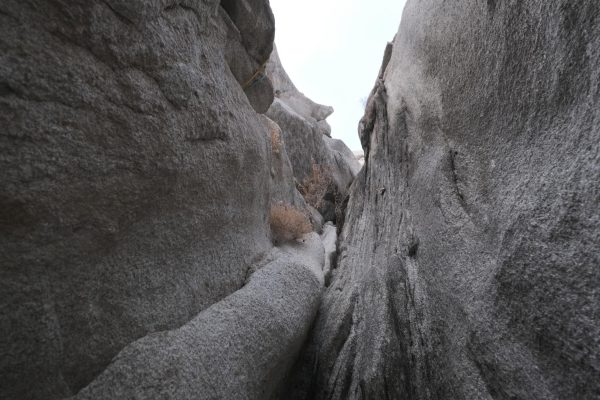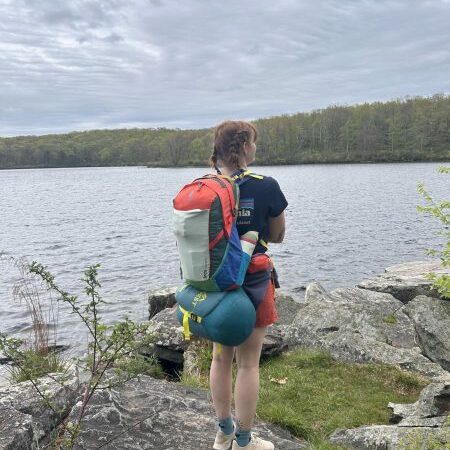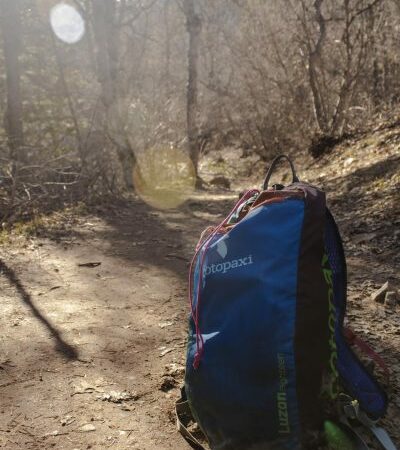Outdoor Research at the U: Archaeological Adventures

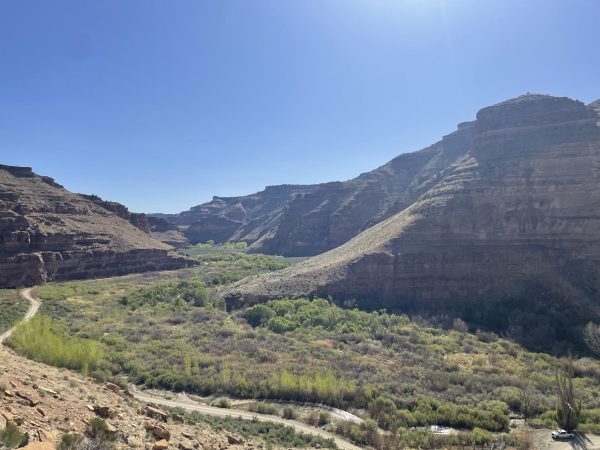 The word “archaeology” is sure to conjure up images of leather hats, bull whips, lost treasure, booby traps, and daring adventures to save the free world. However, the life of an archaeologist is not the high-stakes escapades of Indiana Jones. Archaeology studies the material culture left behind by historic and prehistoric human populations. As a subdiscipline of anthropology—the study of all things related to the human species—archaeology jobs operate under established rules and procedures, and you rarely find the next Holy Grail. However, as our resident archaeologists on campus illustrate, there is a lot of adventure to be had in archaeology.
The word “archaeology” is sure to conjure up images of leather hats, bull whips, lost treasure, booby traps, and daring adventures to save the free world. However, the life of an archaeologist is not the high-stakes escapades of Indiana Jones. Archaeology studies the material culture left behind by historic and prehistoric human populations. As a subdiscipline of anthropology—the study of all things related to the human species—archaeology jobs operate under established rules and procedures, and you rarely find the next Holy Grail. However, as our resident archaeologists on campus illustrate, there is a lot of adventure to be had in archaeology.
As a fan of and proponent of archaeology, I jumped at the opportunity to join Abby Baka, a PhD candidate in archaeological anthropology, in the field on two occasions. Baka’s research takes her across the diverse landscapes of Utah, from arid desert flats to deep, rocky canyons. She often collaborates with Jerry Spangler, an archaeologist with the Colorado Plateau Archaeological Alliance, a non-profit organization. The group works on projects, some initiated by private landowners, focusing on ecology, conservation, and Indigenous history, and their expeditions cater well to a novice camper and adventurer like me.
Archaeological adventures typically consist of two main components: survey and camping sites, each of which can vary widely. Survey sites can be found along riverbeds, open fields, or scree rock slopes. They can be prehistoric pit-house foundations, rock art panels, 19th-century rancher cabins, stone granaries, or scatters of detritus from stone tool production. Another archaeology graduate student explained, “Survey in archaeology is known as pedestrian survey, or walking transects across a designated area with surveyors (archaeologists) evenly spaced out to identify artifacts and archaeological sites.” Transect surveys are used to find artifacts and archaeological sites, which must be properly recorded. The intensity of surveys can also vary and depend on the environment where sites are found. For survey camps, how it looks depends greatly on the people you’re with. For Jerry Spangler, his camps are relaxed and inviting, with great food and songs around the fire. Regardless of the intensity of the surveys, Spangler and Baka ensure that volunteers can proceed at their own pace and bring plenty of water and extra gear for the newbies. They keep surveys lowkey and still manage to meet their survey objectives. With a colorful mix of undergraduates and spirited retirees, the slower days turn into a delightful tapestry of memories. The environment is perfect for any budding archaeologist or outdoor enthusiast looking to delve deeper into the science of studying ancient cultures.
On the other hand, another PhD student at the University of Utah, Daniel Dalmas, takes archaeological fieldwork to another level. Dalmas studies animal remains in the archaeological record to learn about past relationships between humans and other species. Each summer, he leads a group of volunteers into the Wyoming wilderness, where no substantial populations have persisted since the original Indigenous communities were displaced. The team conducts surveys with the U.S. Forest Service for the Greybull River Sustainable Landscape Ecology Project (GRSLE) for forty consecutive days. Unlike Baka’s accessible sites, Dalmas’s locations are remote, accessible by packing in on horses, and devoid of cell service or facilities. You may witness the Milky Way free of light pollution, drink pristine glacier water, find a wide array of projectile points, hide processing tools, trade beads, and on the rare occasion pottery. One morning, as Dalmas recounted, true to the project’s acronym GRSLE, he came face to face with a grizzly bear, lumbering along just yards from his tent.
The diversity of archaeological adventures doesn’t stop there. Some researchers delve further into the geological time scale, such as Kathryn Sokolowski (PhD candidate), who applies her archaeological expertise to fossil mammal remains. In contrast, Ishmael Medina (PhD student) focuses on Indigenous archaeology. He explained his “priority is to actively preserve cultural resources and maintain Indigenous history, and one way we can do so is by recording these sensitive artifacts and sites.” Medina has worked closely on an archaeology project guided by the Northwestern Band of the Shoshone Nation at the Bear River Massacre site (Wudu Ogwa) in Preston, Idaho. This project, titled “Restoring Indigenous Socio-Environmental Systems” (RISES), aims to inform the tribe and researchers on the climate, environment, and land use over the last ten thousand years, to help create strategies to restore Indigenous socio-environmental systems in the Bear River Basin and to honor the Shoshone people who were massacred by soldiers from Fort Douglas in 1863.
Despite their diverse focuses, the archaeologists at the University of Utah have a shared passion for understanding the past and finding ways to preserve the future. Each intrepid “Indiana Jones” character in the department enjoys the fieldwork they pursue. As Medina expressed, “I like fieldwork because it allows me to record artifacts and sites, which could be hundreds or even thousands of years old, that contain valuable information that would otherwise go undocumented.” Students interested in archaeology or in studying ancient cultures while enjoying camping adventures can and should get involved in archaeological fieldwork at the U. Participating in archaeological fieldwork will help students develop valuable skills not typically learned in the classroom setting, preparing them for professional careers in archaeology or other professions that involve survey work.
For those interested in undergraduate archaeology opportunities, the department
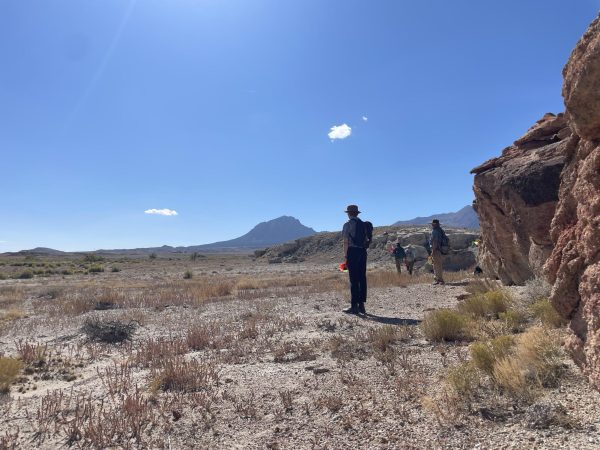 offers two field schools. One is a traditional archaeological field school in Range Creek Canyon, led by Dr. Shannon Boomgarden (application deadline is February 1st). The second, focusing on zooarchaeology—the study of animal remains at archaeological sites—is led by Dr. Jack Broughton. Additionally, you can contact Daniel Dalmas about the GRSLE project or Abby Baka regarding potential opportunities with her and Jerry Spangler.
offers two field schools. One is a traditional archaeological field school in Range Creek Canyon, led by Dr. Shannon Boomgarden (application deadline is February 1st). The second, focusing on zooarchaeology—the study of animal remains at archaeological sites—is led by Dr. Jack Broughton. Additionally, you can contact Daniel Dalmas about the GRSLE project or Abby Baka regarding potential opportunities with her and Jerry Spangler.
More information on the field schools, and contacting graduate students, can be found at https://anthro.utah.edu/. If you are interested in learning more about the RISES project at the Bear River Massacre site, you can read more at https://rises.anthro.utah.edu/.
The post Outdoor Research at the U: Archaeological Adventures appeared first on Wasatch Magazine.
Source: https://wasatchmag.com/outdoor-research-at-the-u-archaeological-adventures/

